What is the Number One Mistake Made When Making Banana Bread?
Banana bread is a timeless classic—moist, sweet, and irresistible flavor. Despite its simple recipe, achieving the perfect loaf can be surprisingly tricky. From ingredient selection to mixing methods, small missteps can lead to dense, rubbery bread that falls short of expectations. This article explores the number one mistake made when making banana bread and dives into other common pitfalls. You’ll learn expert tips to bake a flawless loaf every time. Let’s start by understanding why banana bread is such a popular treat.
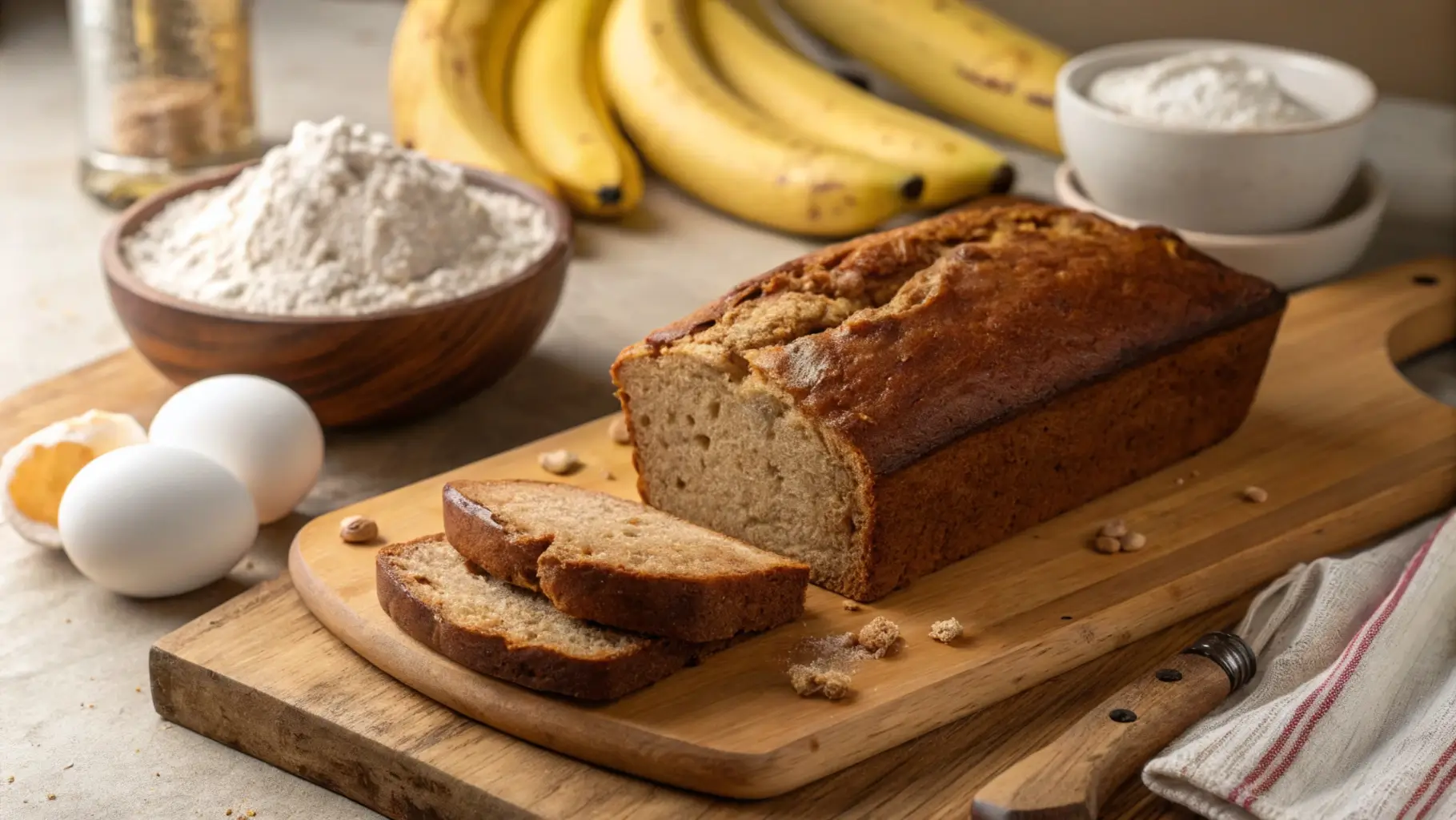
Understanding the Popularity of Banana Bread
Why Banana Bread is a Timeless Treat
Banana bread has stood the test of time, becoming a favorite for its comforting taste and simplicity. It’s a brilliant way to use overripe bananas that might otherwise go to waste. Whether as a breakfast staple, snack, or dessert, its versatility is unmatched. Plus, it’s easy enough for beginners to make yet satisfying enough to impress experienced bakers.
How Banana Bread Gained New Popularity in Recent Years
In recent years, banana bread has enjoyed a renaissance, especially during times of uncertainty. During global lockdowns, people turned to baking as a form of self-care, and banana bread became the star of many kitchens. Its foolproof ingredients—bananas, flour, sugar, eggs—are pantry staples, making it an accessible recipe for most households. Social media further amplified its appeal, with countless home bakers sharing their moist banana bread creations, inspiring others to give it a try.
The Number One Mistake in Banana Bread Baking: Overmixing the Batter
What is Overmixing?
What is the number one mistake made when making banana bread? Without a doubt, it’s overmixing the batter! At first glance, mixing may seem straightforward—after all, isn’t the goal to combine the ingredients thoroughly? However, too much mixing does more harm than good. When you overmix, you activate the gluten in the flour, which can lead to a loaf that’s dense, rubbery, and far from the tender crumb you crave.
How Overmixing Affects Banana Bread Texture
The secret to moist banana bread lies in achieving the right balance. Mixing develops gluten, which is great for chewy bread rolls or pizza dough, but not for banana bread. The more you mix, the tougher and denser your loaf becomes. Instead of that soft, fluffy texture, overmixed banana bread feels heavy and can collapse under its weight.
Gluten Development: The Science Behind It
When wet and dry ingredients come together, gluten starts to form. In bread making, gluten gives structure and elasticity, but in quick bread like banana bread, too much gluten ruins the delicate balance. Gentle mixing ensures just enough structure to hold the loaf together without sacrificing its light, tender feel.
Identifying the Ideal Batter Consistency
So, how do you know if you’ve mixed enough? The perfect banana bread batter should be slightly lumpy, with no visible streaks of dry flour. Avoid over-smoothing it! Using a spatula to fold the ingredients gently helps you avoid overworking the batter. A little imperfection in the mix is what makes for a perfect loaf.
Other Common Mistakes in Making Banana Bread
Using Underripe Bananas
Bananas are the star of the show, so their ripeness is crucial. Using underripe bananas is a common mistake many people make. They may think, “A banana is a banana,” but underripe ones lack the natural sugars and softness needed to create a rich, flavorful loaf.
Why Ripeness is Critical
The best banana bread comes from overripe bananas—soft, speckled, or even blackened. These bananas bring out a sweet, caramelized flavor and blend easily into the batter, ensuring every bite is delicious. Underripe bananas, on the other hand, are too starchy and firm, which can result in a loaf that’s bland and chunky.
Quick Fixes for Ripening Bananas
No overripe bananas? No problem! You can speed up the ripening process by placing bananas in a brown paper bag with an apple or by baking them in the oven at 300°F for 15–20 minutes. These hacks make sure you never have to settle for less-than-perfect bananas in your banana bread.
Incorrect Oven Temperature
Even if your batter is flawless, the wrong oven temperature can ruin your banana bread. Baking at too high or too low a temperature can cause uneven cooking, leaving you with a loaf that’s either underbaked in the middle or burnt on the outside.
Importance of Baking at 350°F
Banana bread bakes best at 350°F (175°C), a temperature that ensures even heat distribution. This allows the bread to rise gradually and cook through without drying out. If your loaf consistently comes out wrong, your oven’s temperature might be to blame.
How to Calibrate Your Oven
To avoid uneven baking, use an external oven thermometer to verify the actual temperature. If your oven runs hot or cold, adjust it accordingly or consult the manual. Proper calibration ensures a perfectly baked loaf every time.
Inaccurate Ingredient Measurements
Precision in baking is non-negotiable. Using the wrong measurements can upset the balance of your ingredients, leading to problems like dry bread or a collapsed loaf.
The Role of Precision in Baking
Unlike cooking, where you can improvise, baking is a science. A little too much flour, sugar, or butter can throw off the recipe. Always measure carefully to ensure the right ratios for perfect banana bread.
Tips for Measuring Ingredients Accurately
Use dry measuring cups for solids and liquid measuring cups for wet ingredients. Level off flour with a flat edge, and never pack it into the cup unless the recipe says to. For liquids, check measurements at eye level to avoid over- or under-pouring.
Neglecting to Test for Doneness
One of the most overlooked steps is testing for doneness. Relying solely on baking time can lead to disappointment.
Visual and Physical Cues for Proper Baking
The loaf should have a golden brown crust, a slight crack on top, and firm sides that pull away from the pan. Lightly pressing the top should feel springy, not gooey.
The Reliable Toothpick Test
Insert a toothpick into the center of the loaf. If it comes out clean or with a few crumbs, your banana bread is ready. For more accuracy, use an internal thermometer; a fully baked loaf should reach 200°F (93°C).
Step-by-Step Guide to Avoid Overmixing the Batter
Combining Wet and Dry Ingredients: The Right Way
Mixing wet and dry ingredients correctly is crucial for preventing what is the number one mistake made when making banana bread: overmixing. Start by whisking your dry ingredients—flour, baking soda, and salt—together in a separate bowl. This ensures even distribution and helps prevent clumps. Then, add your dry ingredients gradually to the wet mixture, using a spatula instead of a whisk or mixer to gently fold everything together.
Techniques for Folding Ingredients Gently
The folding technique is your best friend when it comes to banana bread. Instead of stirring vigorously, scrape the spatula down the side of the bowl, scoop underneath the batter, and fold it over itself. Rotate the bowl slightly and repeat until the batter is combined. This minimizes gluten activation, keeping your bread soft and tender.
How to Achieve the Perfect Batter Consistency
A slightly lumpy batter is ideal. Stop mixing as soon as no streaks of flour remain. If your batter looks overly smooth, you may have overdone it. It’s okay to see small banana chunks or a few lumps—they’ll bake out, leaving a moist, airy loaf.
Visual Signs of Overmixed Batter to Watch For
Overmixed batter often looks shiny and overly thick, which can lead to dense, rubbery banana bread. Watch for resistance when you stir—if the batter feels stretchy, you’ve activated too much gluten. To recover, bake immediately to limit further gluten development.
Best Practices for Perfect Banana Bread Every Time
Selecting the Best Bananas
Bananas are the cornerstone of any great loaf. For the richest flavor, choose overripe bananas with blackened skins. These bring natural sweetness and moisture to your bread. Avoid underripe bananas, as they’re too starchy and lack the sugar content needed for a flavorful result.
Ensuring Freshness of Leavening Agents
Old baking soda or powder can sabotage your banana bread by preventing it from rising properly. Always check the expiration date before using. If your loaves have been coming out dense or flat, stale leavening agents might be the culprit.
Oven Placement and Baking Tips
Proper oven placement ensures even cooking. Always place your loaf pan on the middle rack, away from hot spots. If your oven tends to bake unevenly, rotate the pan halfway through the baking time. This small step can make a big difference in achieving a beautifully baked loaf.
Cooling Methods to Preserve Moisture
Once baked, let your banana bread cool in the pan for 10–15 minutes. Then, transfer it to a wire rack to prevent the bottom from becoming soggy. For added moisture, wrap the cooled loaf in plastic wrap or foil overnight. This allows the flavors to meld and keeps the bread from drying out.
Suggested Further Reading:
For more delicious banana bread variations, check out this simple 3-ingredient banana bread recipe. It’s perfect for a quick and easy treat!
Frequently Asked Questions
Why Does My Banana Bread Not Taste Like Banana?
If your banana bread lacks that signature banana flavor, it’s likely due to the type or amount of bananas you used. The best flavor comes from overripe bananas that are soft and sweet. Underripe bananas are too starchy and won’t release enough of the natural sugars needed to infuse your bread with banana goodness. For a stronger banana taste, consider using more bananas than the recipe calls for, but balance this with the other ingredients.
Can I Substitute Baking Soda with Baking Powder?
While both are leavening agents, they are not interchangeable in banana bread recipes. Baking soda works best because it reacts with the acidity in bananas, creating a fluffy texture. Substituting baking soda with baking powder can affect the rise and texture of your loaf. Always double-check your recipe to avoid unnecessary adjustments.
What Causes Banana Bread Not to Rise?
Banana bread may fail to rise due to expired baking soda, incorrect measurements, or overmixing the batter. Remember, what is the number one mistake made when making banana bread? Overmixing activates too much gluten, which can weigh the loaf down. Also, be sure to preheat your oven and bake at the right temperature for even cooking and a beautiful rise.
How Can I Prevent My Loaf from Becoming Dense?
A dense loaf often comes down to two culprits: overmixing the batter and mismeasuring ingredients. Use a gentle folding technique to mix, and always measure ingredients precisely. Too much flour can dry out your batter, while too little leavening agent can prevent proper rise. Follow your recipe closely to achieve the perfect balance.
Conclusion
Recap of Common Mistakes
Banana bread is a simple, satisfying recipe, but small missteps can have big consequences. Throughout this article, we’ve uncovered what is the number one mistake made when making banana bread: overmixing the batter. We’ve also addressed other common pitfalls, like using underripe bananas, baking at the wrong temperature, or failing to measure ingredients accurately.
Importance of Gentle Mixing
If there’s one takeaway from this guide, it’s the importance of mixing your batter gently. Overmixing can lead to a dense, rubbery loaf, but careful folding preserves the tender texture that makes banana bread so delightful. Embrace the lumps in your batter—they’re a sign you’re on the right track!
Final Encouragement to Perfect Your Technique
Baking banana bread is as much an art as it is a science. Don’t be discouraged by a less-than-perfect loaf. Instead, use these tips to refine your technique and create a loaf that’s bakery-worthy every time. Remember, practice makes perfect, and each loaf brings you closer to mastering the craft. Happy baking!

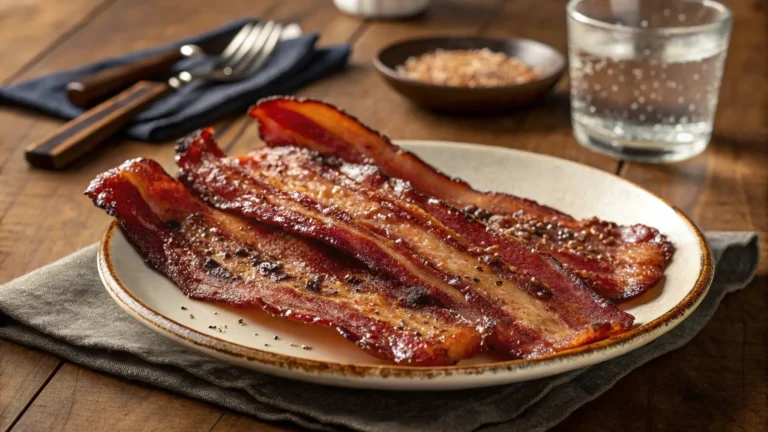
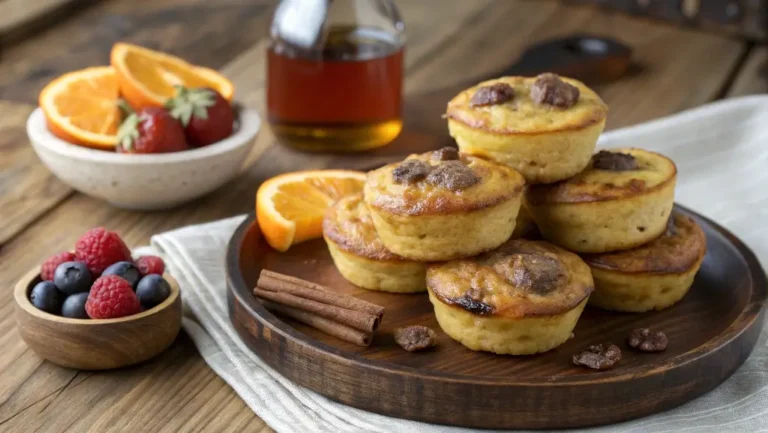
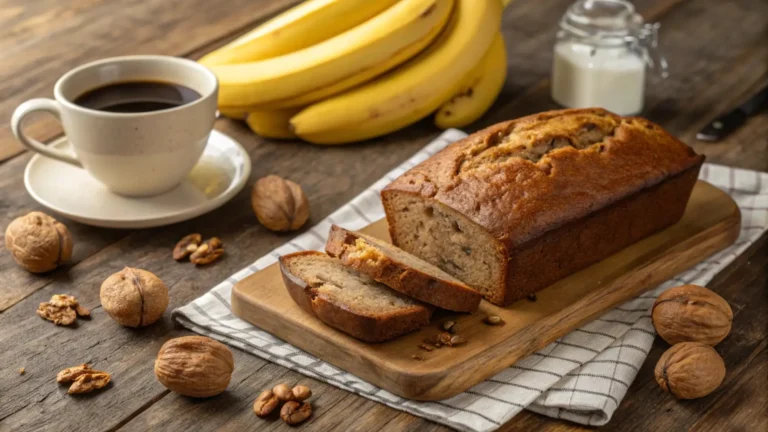
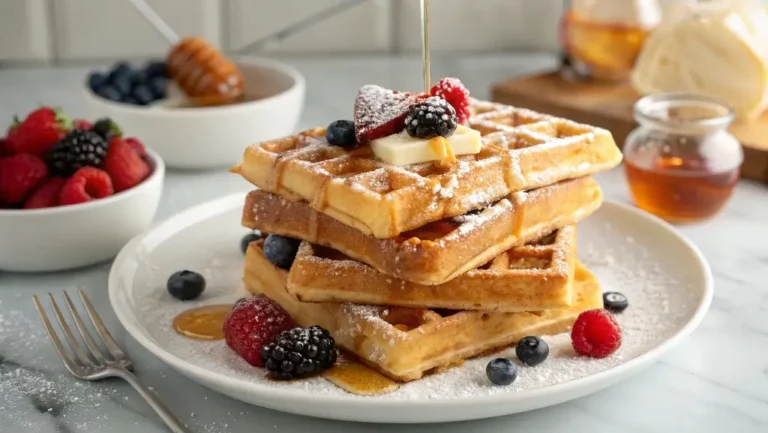

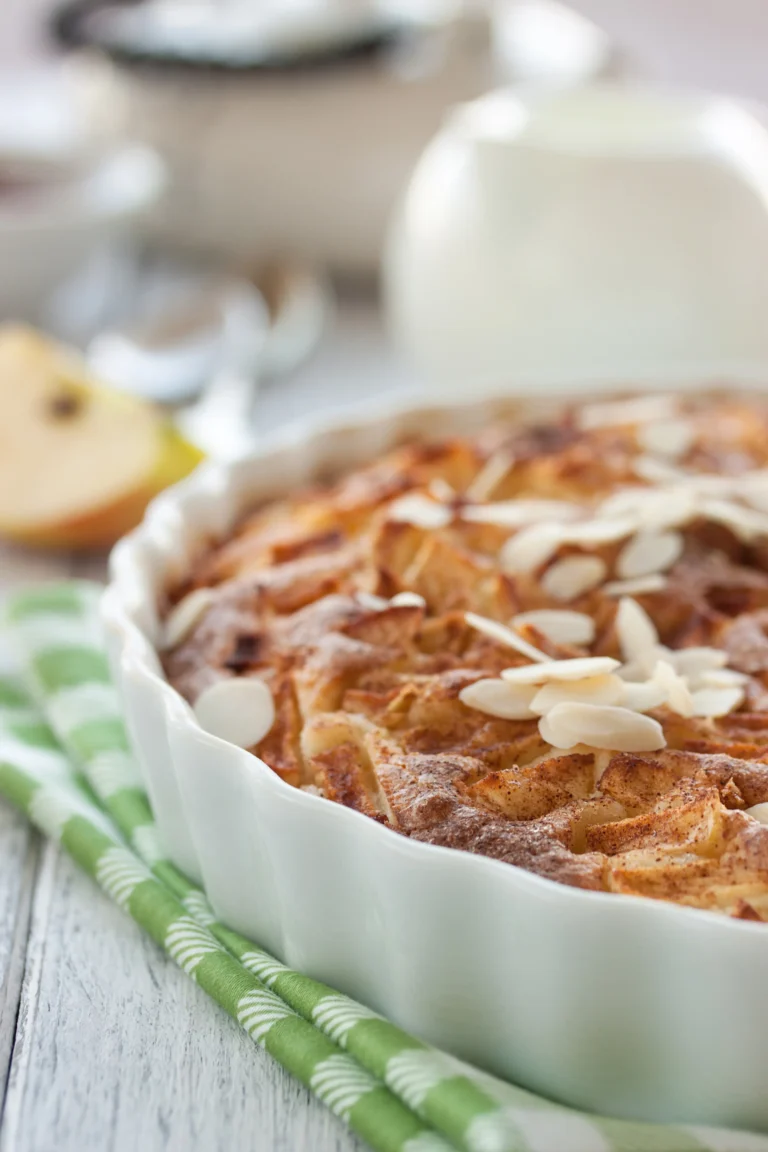
One Comment